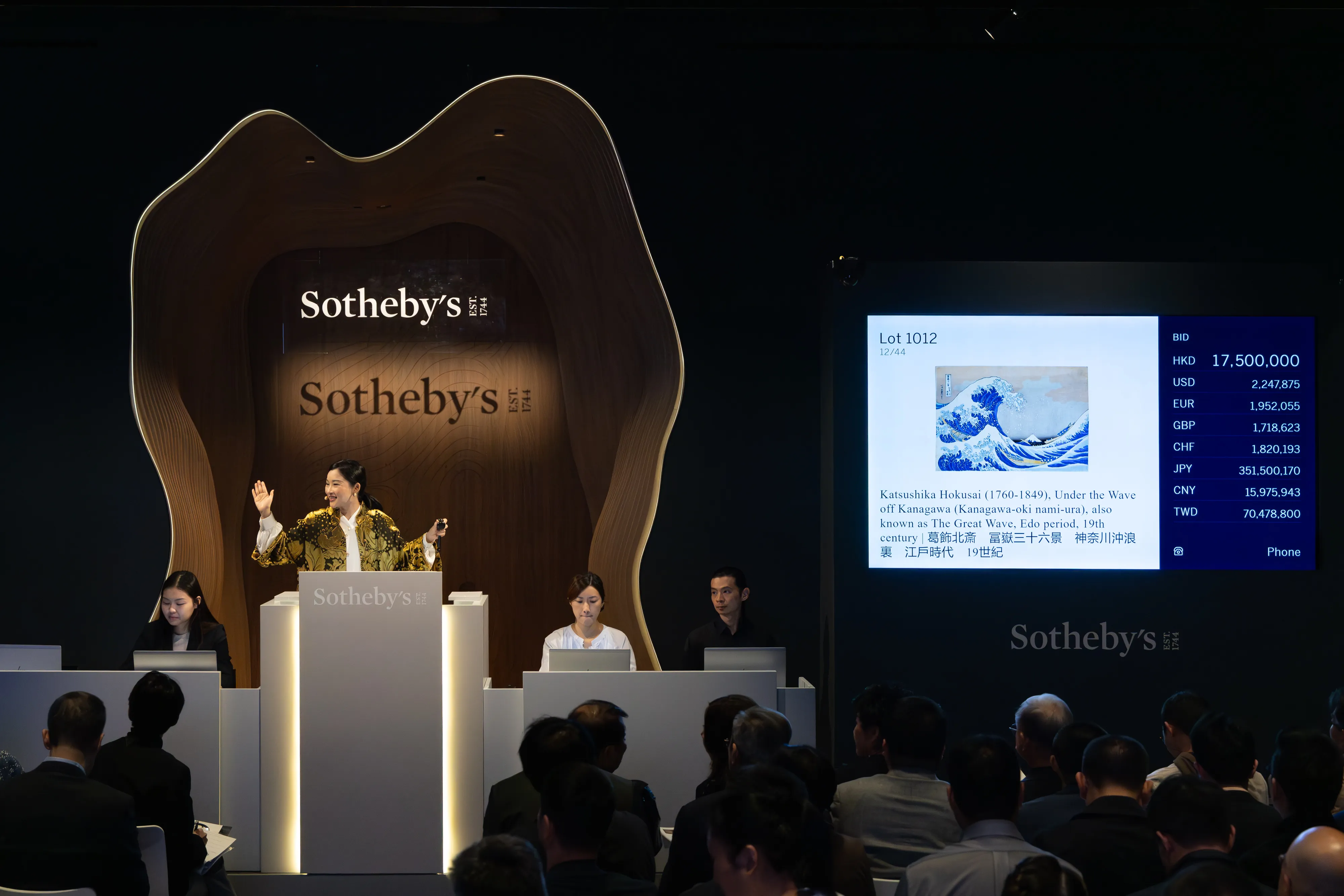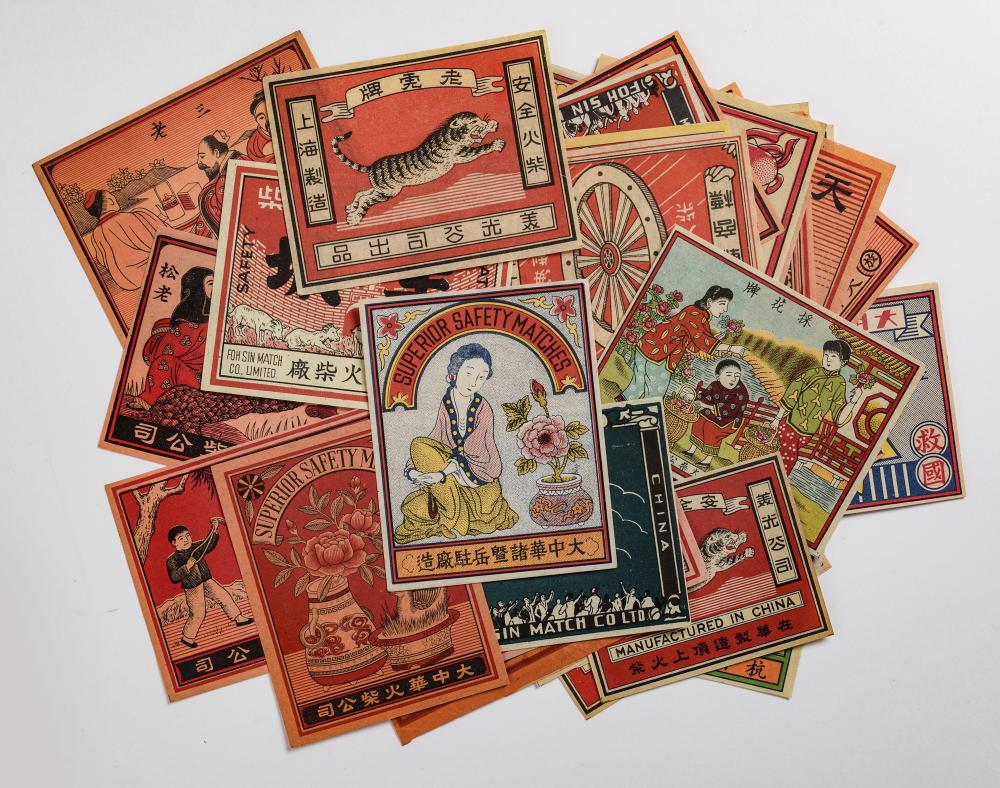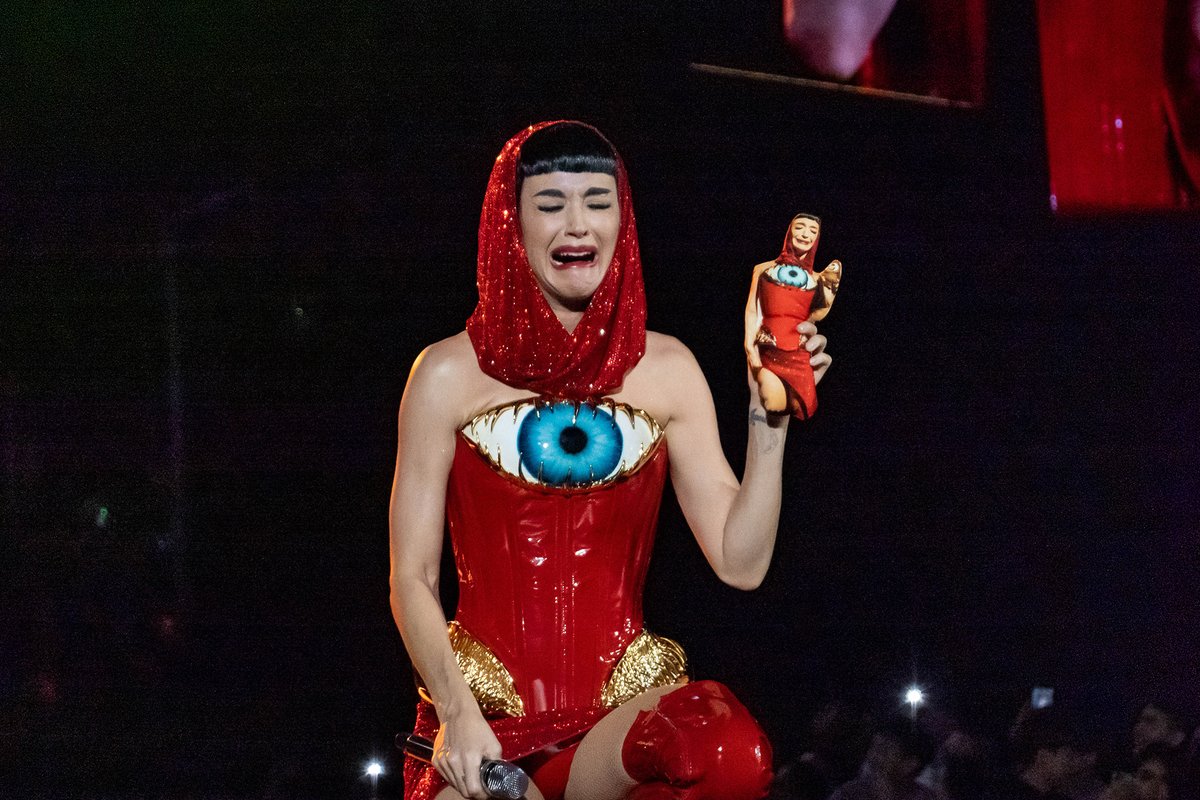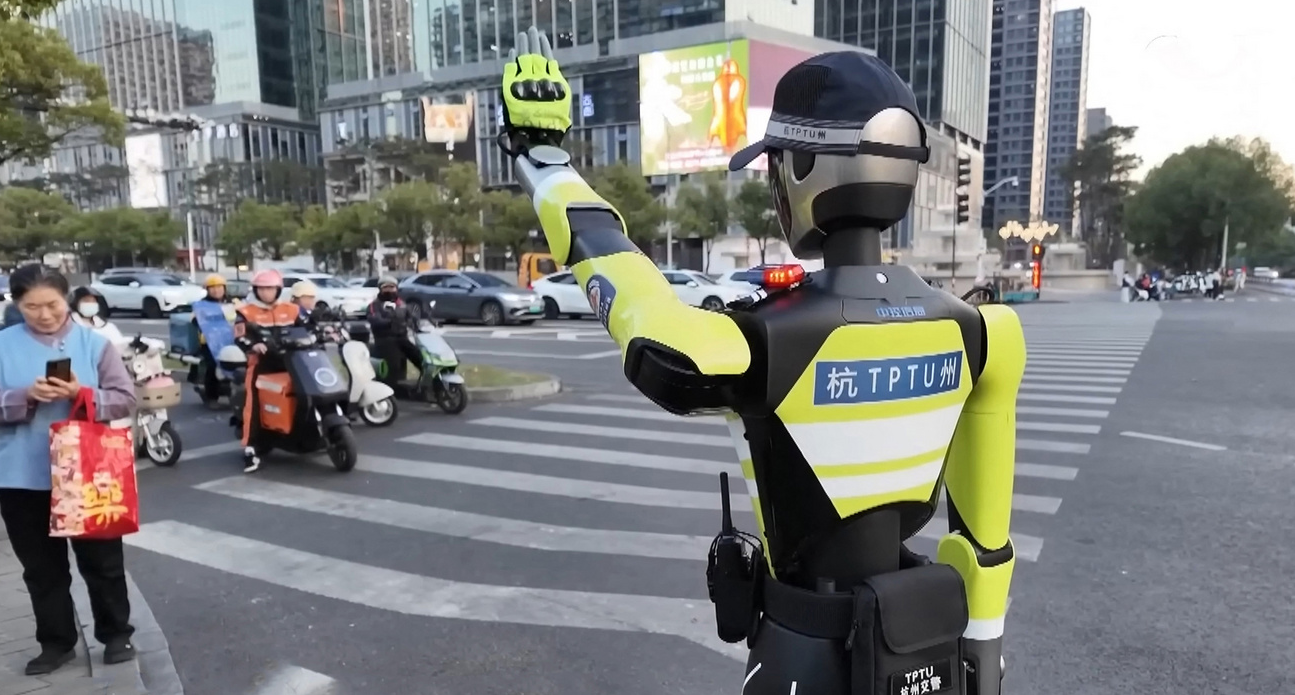The nine days lasting from May 22-31 marked a number of firsts for Gallery Weekend Beijing. The much-anticipated art event is the biggest in the capital, and the closest thing the city’s 798 Art District has to an art fair. This year’s edition — delayed several months by the Covid-19 outbreak — saw the opening of new gallery spaces and the reopening of previously shuttered ones, with hundreds of people coming to browse and buy from all over China.
With the country’s borders currently sealed, the fourth edition of the art fair was an entirely domestic event, a dramatic shift away from the 50/50 international split their VIP preview typically sees.
Usually held in mid-March, Gallery Weekend Beijing is one of a two-stop tour for many international art aficionados, held just before Art Basel in Hong Kong. With the latter canceled back in early February, many were surprised to see the mainland counterpart carrying on in physical spaces, if a few months behind schedule, as many art fairs have moved their operations entirely online.
Related:
 “Imaginary Museums”: China’s Art Institutions Go Online in Response to Coronavirus“It’s about continuing to have art present, despite the difficulties”Article Mar 04, 2020
“Imaginary Museums”: China’s Art Institutions Go Online in Response to Coronavirus“It’s about continuing to have art present, despite the difficulties”Article Mar 04, 2020
So what did the first post-Covid-19 “art fair” in China look like? With the involvement of 20 galleries, two non-profit art organizations, and public art projects, on the ground the event saw people “seeking reflection and inspiration in the midst of a pandemic,” according to the Financial Times‘ Yuan Yang.
But in an attempt to further their reach while China’s borders remains mostly closed, Gallery Weekend Beijing also developed a whole suite of talks and increased access to works online. This highlighted many of the issues involved with attempting to combine an offline art fair with people’s new online reality.

Preview of Gallery Weekend Beijing 2020 App
One result was a somewhat strange and potentially unintended insight into the world of collectors. An official app, which is available for download on Apple’s US App Store, gave users access to a list of all the participating galleries, exhibition overviews, and the individual works — some of them with prices included. Scrolling through, the experience felt more like browsing a catalogue or online shopping than an art excursion, though the high-resolution photographs provided a level of detail and proximity you may not (or should not) be able to achieve on the gallery floor.
“We’ve seen many online exhibitions in the past few months, but we all know experiencing it is different.”
But going digital can present complications too. One of the highlights of Gallery Weekend Beijing has always been the Up&Coming Sector, which this year was a group show featuring a range of media dealing with cosmology, the supernatural and digital economies. Despite the video and multimedia nature of the exhibition, curator Hanlu Zhang says that, “some of the works are just untranslatable” when it comes to bringing them online. “We’ve seen many online exhibitions in the past few months, but we all know experiencing it is different.”

Night of Patmos by Li Ran
Whether it’s because the app is not designed for interactive, moving image works, like video, or because some of the pieces are sculptural, there are several that can’t be experienced on a phone the way they can in the exhibition space.
While, in that sense, the app may take us further away from the art, it certainly succeeds in teaching us more about it. Under the events section, there are links to recordings of recent “Frame Talks,” with collaborations between the likes of Beijing-based museum UCCA and the London-based Serpentine Galleries.
In the same way, Zhang has attempted to increase informational access to the exhibition and tried to “experiment with more media to see how the show can be extended.” When up against the “real deal,” the digital programming certainly adds to an understanding of the art and an increased access to education about it, but it doesn’t seem to do much for the experience of it.
This problem of adjusting for traditionally offline events going online has not been unique to Gallery Weekend Beijing.
“That’s one of the things we found at Frieze New York,” Mathieu Borysevicz, Director of Shanghai-based BANK/MABSOCIETY says of the major art fair that was moved online earlier this month. “The works we were selling were sensual, colored pencil drawings on paper at a certain scale, they really needed to be seen in person. I’m convinced we would have sold them if it was a physical fair.”
“There needs to be art that’s created for those spaces, that’s not just stuck into the digital format, but born in that expanded digital realm.”
Despite a fair amount of success at Frieze and substantial inquiries from both private collectors and museums, Borysevicz agrees with Zhang and says the issue is one of translating works that were not initially intended for a digital platform. “If you just see the JPEG, it’s not the real thing. It’s not a place of new discourse for plastic arts.”
The question then to some degree is where do the “plastic arts” — sculpture, painting, more traditional media — fit in with this new, open door? “You’ve got IGTV, Zoom, tours of peoples’ studios and 3D rendered virtual museums,” says Borysevicz. “It all seems kind of random and falls short of the art experience in the end. There needs to be art that’s created for those spaces, that’s not just stuck into the digital format, but born in that expanded digital realm.”

Night of Patmos by Li Ran
It’s for this reason that some of the previously included participants of Gallery Weekend Beijing bowed out of this year’s edition. “The core of what’s great about the Beijing art scene are the studios, the galleries themselves — it’s not an art fair,” says Craig Yee, Founding Director of Ink Studio, based in the nearby Caochangdi Art District. “It’s a gallery centric program, and it’s about shows in physical space. We know who we are and we said look, we can work on ten other projects for as much as it costs to put something on in a short amount of time.”
The digital program and app alone act as an appendage to a fundamentally domestic and uniquely location-based program. While increasing access and information, it’s not enough for the artists and their work, and not enough to justify participation.
“There are things the internet is suited for that can’t be done in physical space, and understanding the platform, the format, is crucial to making those decisions.”
That’s not a criticism of “the digital” broadly speaking.
“There are artists I work with where I can’t financially justify a show because their work isn’t likely to be bought by individual collectors,” Yee says. “There are things the internet is suited for that can’t be done in physical space, and understanding the platform, the format, is crucial to making those decisions. By documenting their process, connecting them with a curator and helping them find larger institutional backing for their work, I have the opportunity to help them create something that doesn’t make sense for a private market. All of that can be done online but not on our gallery floor.”
Related:
 Beijing Art Museum M WOODS is Launching a Gallery Inside “Animal Crossing”One of China’s pioneering art institutions lands on the hit game of the momentArticle Apr 09, 2020
Beijing Art Museum M WOODS is Launching a Gallery Inside “Animal Crossing”One of China’s pioneering art institutions lands on the hit game of the momentArticle Apr 09, 2020
People have always purchased art they’ve never seen in real life based on relationships with galleries, dealers and based on their own established tastes. Sales continue to take place online — Sotheby’s first online-only contemporary art sale brought in a record 13.6 million USD a few weeks ago.
While the Covid-19 global health crisis has pushed people into isolation and the art world online, it seems like in some ways, if people are going to keep using the web in the same way that they have been, what might need revolutionizing is art itself.
As of now, when it comes to exhibitioning, simply moving things onto a digital platform just doesn’t fit the bill.
Cover image: Exhibitionist Nail Project: Nailhenge by Ye Funa
















